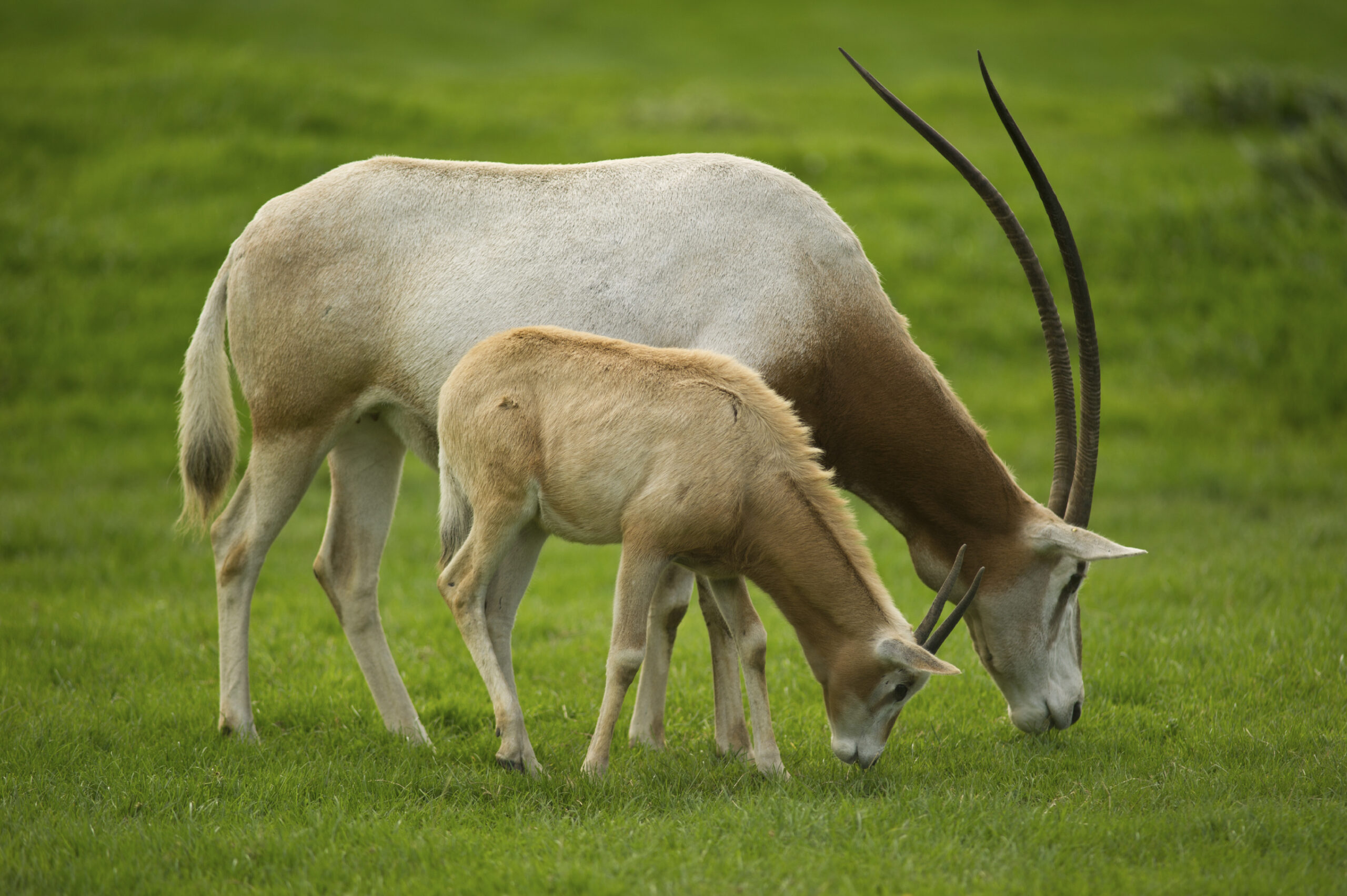Originally Appeared in the Wildlife Ranching Magazine, 2014 Issue 5
When the U.S. Congress passed the Endangered Species Act (ESA) in 1973, the concern was that iconic species, such as the bald eagle, America’s national bird, would go the way of the dinosaurs. At that time, the main threats were more from shooting, poisoning, and trapping than from habitat loss. To address these threats, Section 9 of the ESA, known as the “take clause,” specifically made it unlawful for any person subject to the jurisdiction of the United States “to harass, harm, pursue, hunt, shoot, wound, kill, trap, capture, collect, or to attempt to engage in any such conduct.” This provision seemed quite sensible, but has since come to have unexpected, adverse consequences for the species it was designed to protect.
The taking of endangered species within the United States has gone far beyond literally killing plants and animals—to include taking of habitat that does or might harbor endangered species. Most environmentalists scoff at the idea of the “3 S’s,” but a study of timber management in the southeastern U.S. empirically documents the perverse effects of regulatory threats. In the 1980s, North Carolina landowner Ben Cone was arrested and threatened with fines and jail time for cutting down old-growth pine trees on his property—because the trees could potentially provide habitat for endangered red-cockaded woodpeckers. He eventually settled out of court, but his famous case worried other landowners with younger trees who thought they might be similarly regulated. They didn’t shoot woodpeckers, but pre-emptively cut trees sooner, especially if there were more woodpeckers nearby.
Economists Dean Lueck and Jeffery Michaels systematically studied pre-emptive cutting and found that the average harvest on properties with zero colonies within a 40 km radius was nearly 60 years; the average age on private properties with 25 colonies within a 40 km radius was 48 years; and the average age on properties with 437 (the densest populations) colonies was under 39 years. As one landowner put it, “The ESA turned old-growth timber into pulp wood.”
Another part of Section 9 makes it illegal to “import any such [endangered] species into, or export any such species from the United States.” Again this clause has led to pernicious effects, especially for the “three amigos”—the addax, dama gazelle, and scimitar-horned oryx. These antelope were imported to Texas from northern Africa and have thrived on private wildlife ranches. According to the Texas-based Exotic Wildlife Association, the scimitar-horned oryx’s numbers in a captive breeding program in Texas grew from 32 to more than 11,000 animals in 2012; the dama gazelle numbered only nine in 1979, but there are now more than 800; and the addax population has grown from only two in 1971 to more than 5,000.
Because the addax and gazelle are endangered and the oryx was declared extinct in 2000 in Africa, the ESA clause quoted above applies. However, between 2005 and 2012 the “three amigos” were exempted by the U.S. Fish and Wildlife Service (FWS), thus allowing ranches to market the hunting of the antelope. Unfortunately, in 2012, the FWS lost a legal battle to continue allowing hunting of the “three amigos”—on the grounds that they are endangered in Africa. The court ruling forced the FWS to require that ranchers had to obtain a special “take permit” for killing any animal, and prevented ranchers from applying veterinarian assistance to the animals because they were “wild.” If these two constraints weren’t enough, ranchers feared that hunting the animals would eventually become totally illegal as a result of the relisting.
Wildlife groups, including Defenders of Wildlife, The Humane Society of the United States, and Born Free U.S.A., applaud the court’s decision requiring FWS to continue to apply the restrictions under the ESA—even when they are held in US captive-hunting facilities. Unfortunately, these groups are not friends of the “three amigos.”
As with the red-cockaded woodpecker, ranchers responded by engaging in pre-emptive activity by selling more hunts in order to capitalize on their investment. Due to the relisting, the Exotic Wildlife Association estimated that scimitar horned oryx numbers in Texas are at one-half to one-third of their 2010 levels.
Fortunately, there is reason for optimism. According to the Dallas Safari Club, “the exemptions clear the way for ranchers to maintain herds of these exotic game animals and to offer hunts without federal intervention.” Preliminary indications are that ranchers are paying top dollars for good breeding stock to actively increase their herds – but further research is necessary to document the positive effects of eliminating ESA regulations and letting the market take care of saving the species.
Unfortunately, it is still too early to declare victory against the animal “lovers.” They are likely to challenge the de-listing legislation. The hope is that groups such as the Dallas Safari Club, the Texas Wildlife Association, and the Exotic Wildlife Association—all true amigos of the “three amigos”—will keep up and win the fight.
Check out the original article on pages 27-30 of the full issue (electronic edition at www.wrsa.co.za) for a pictorial guide to the wildlife discussed in this article.




